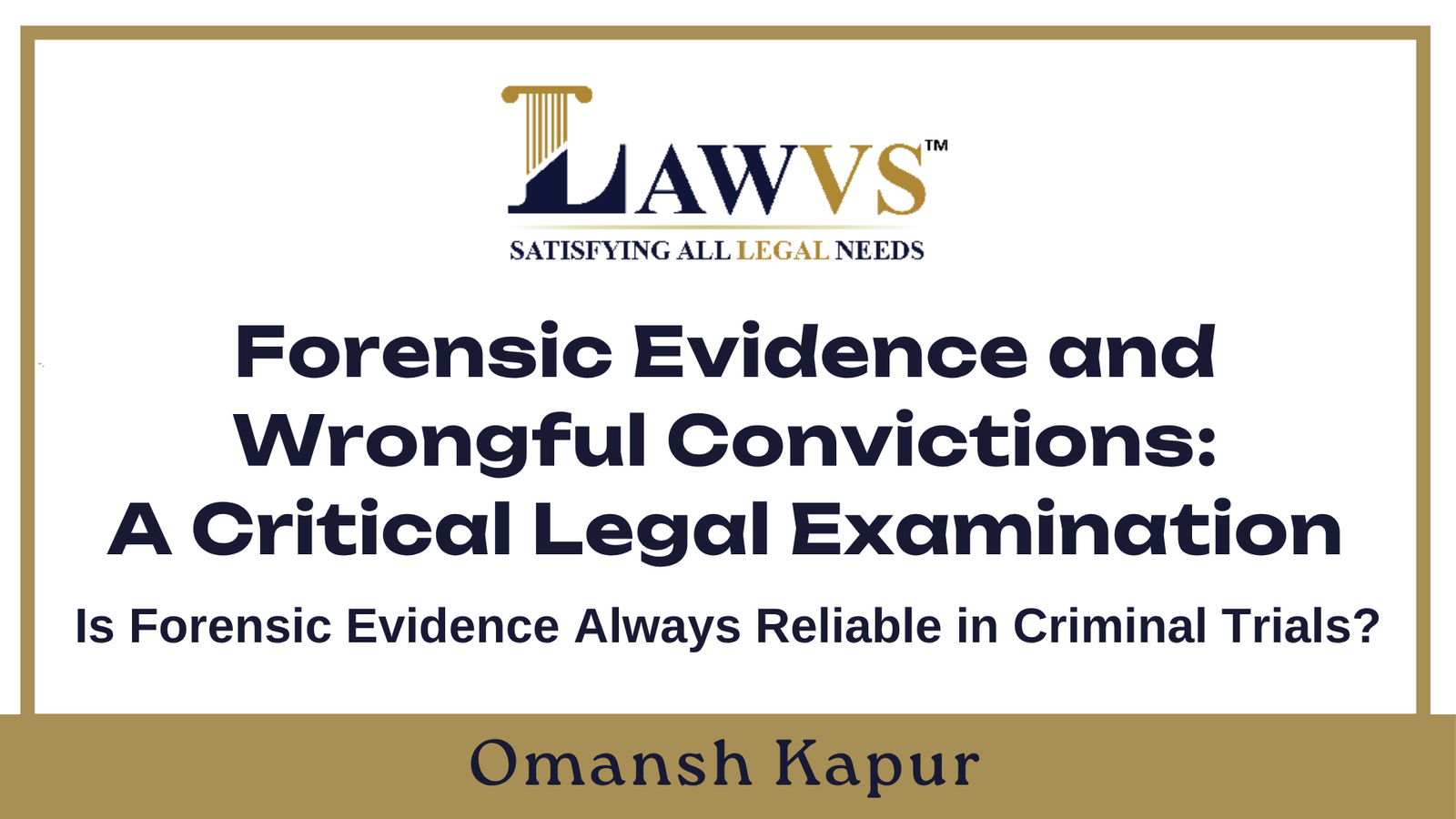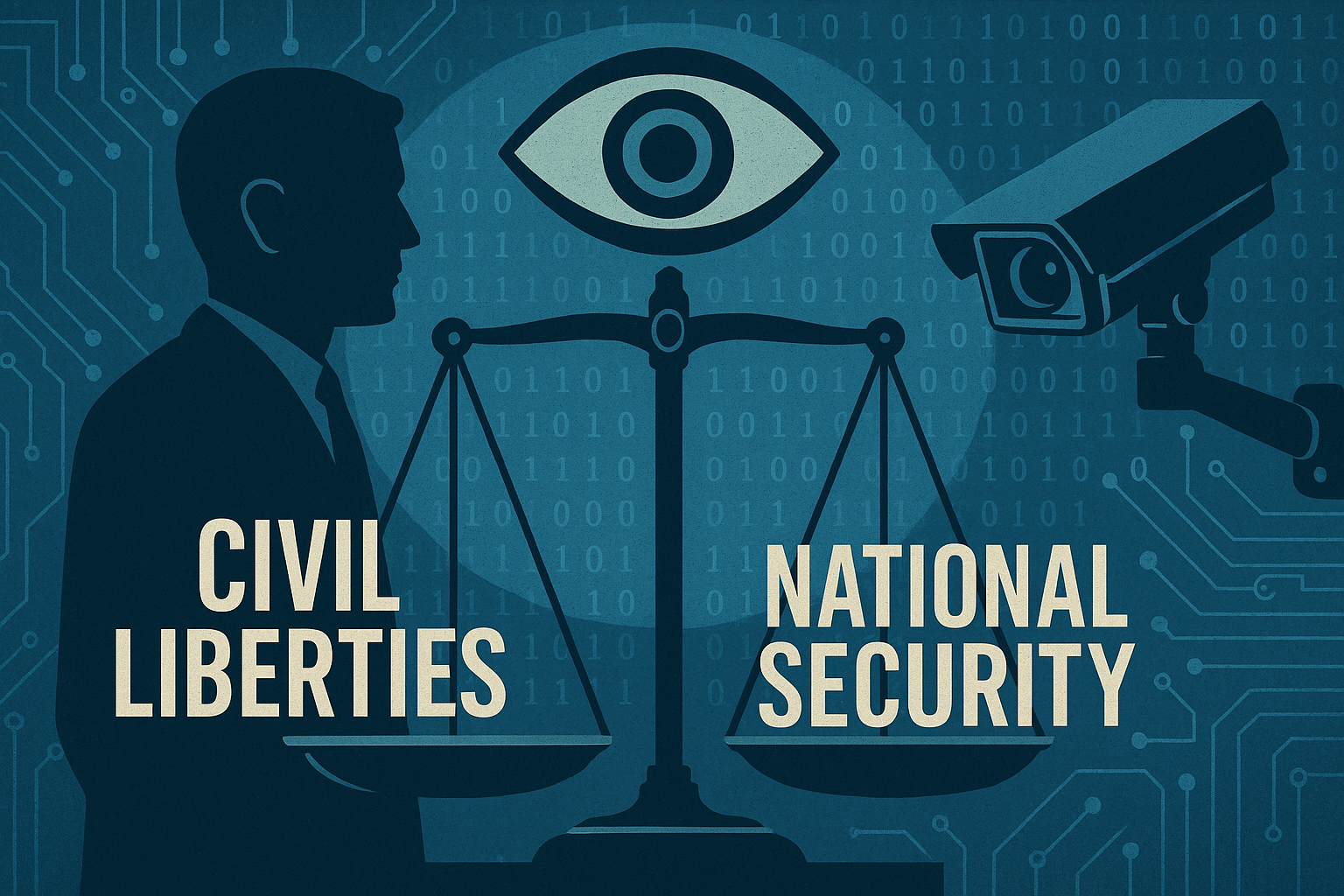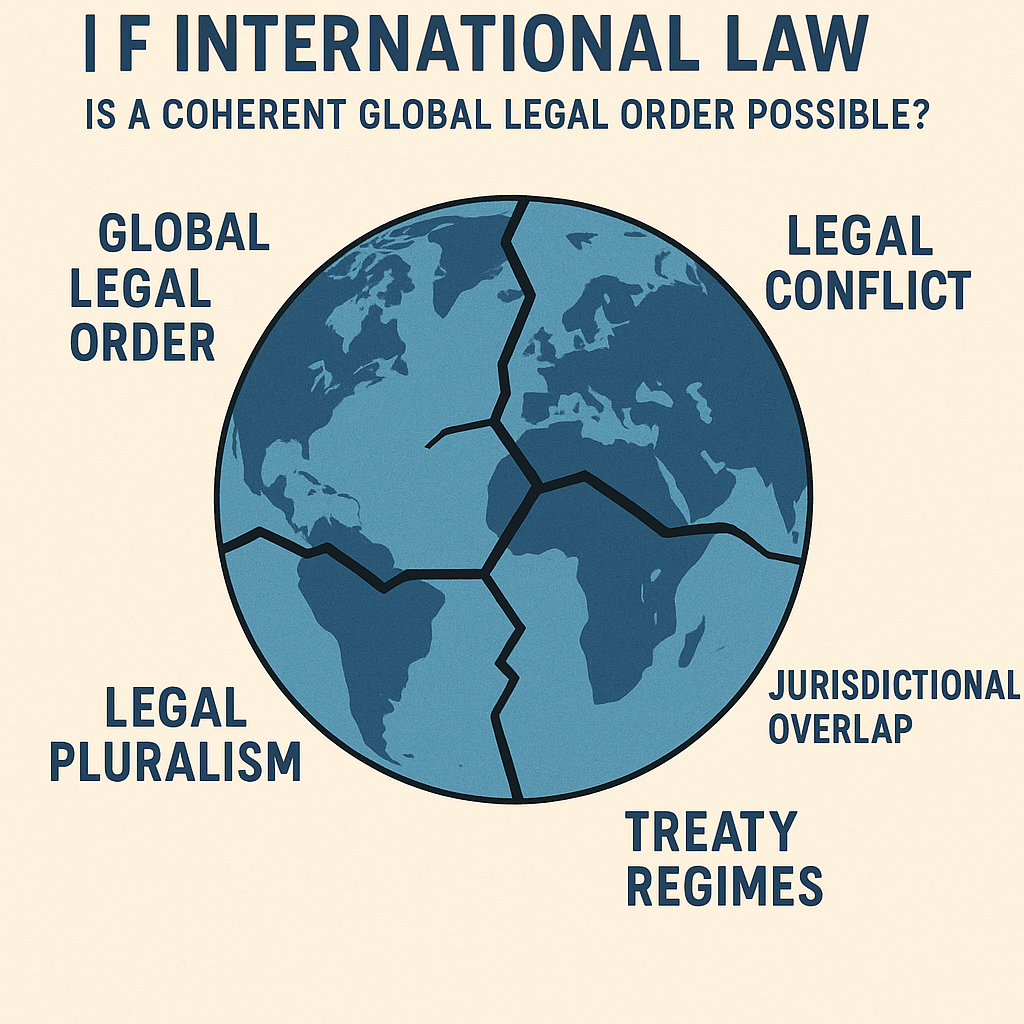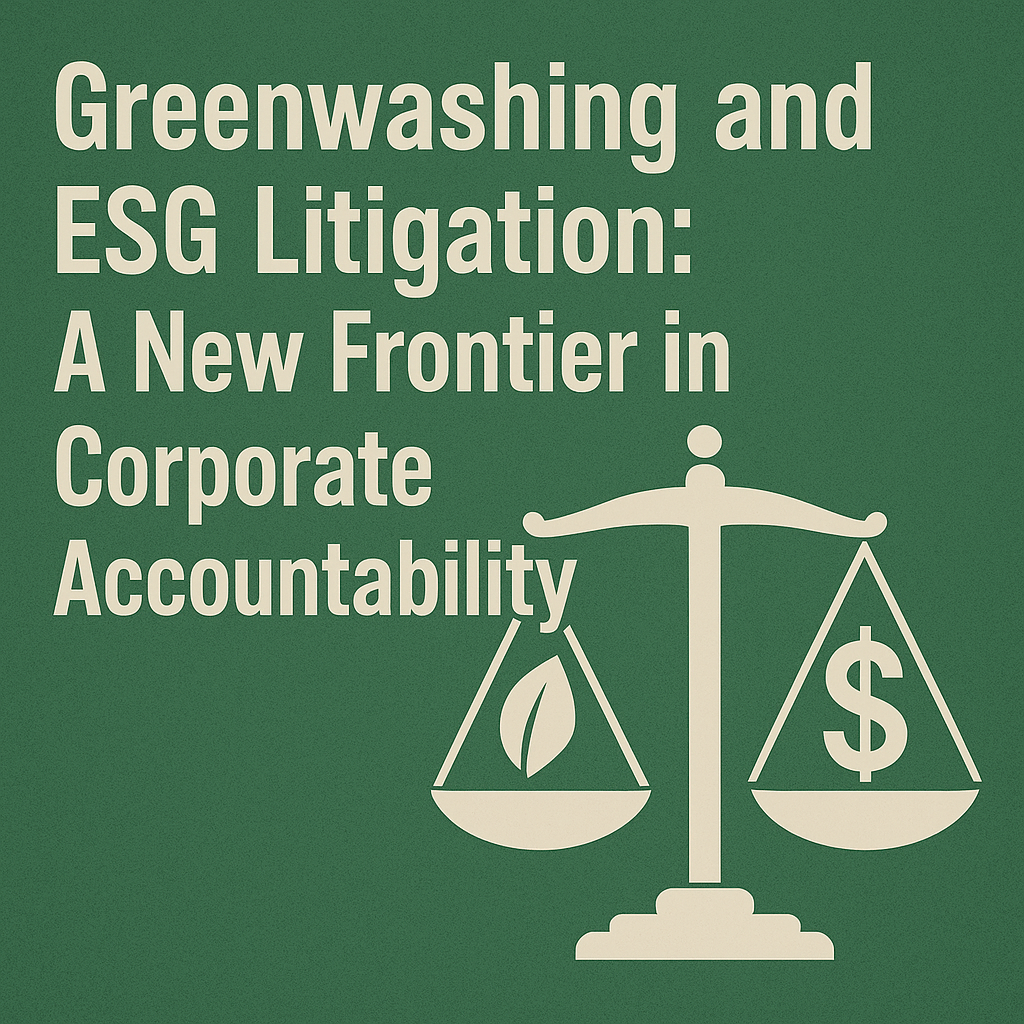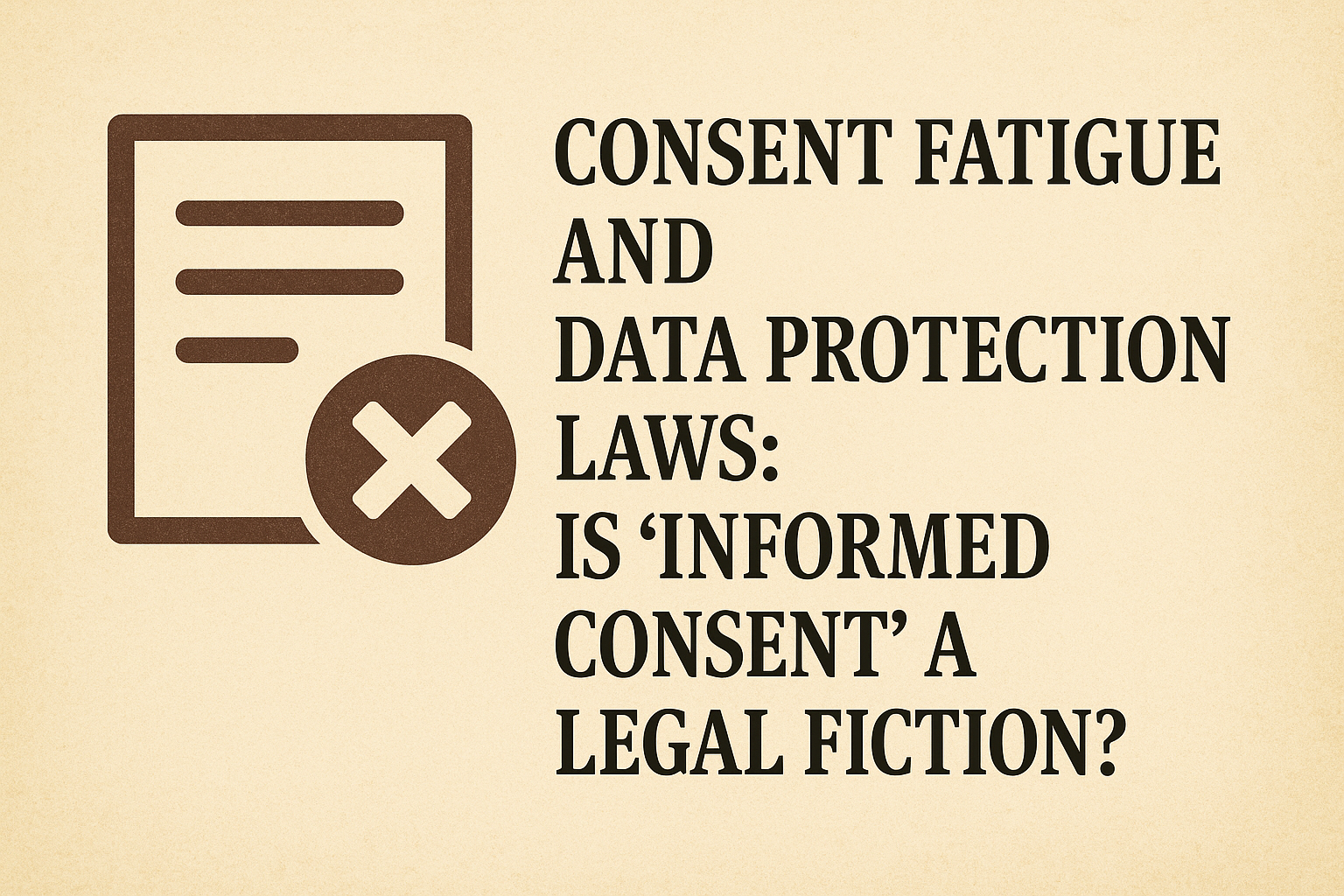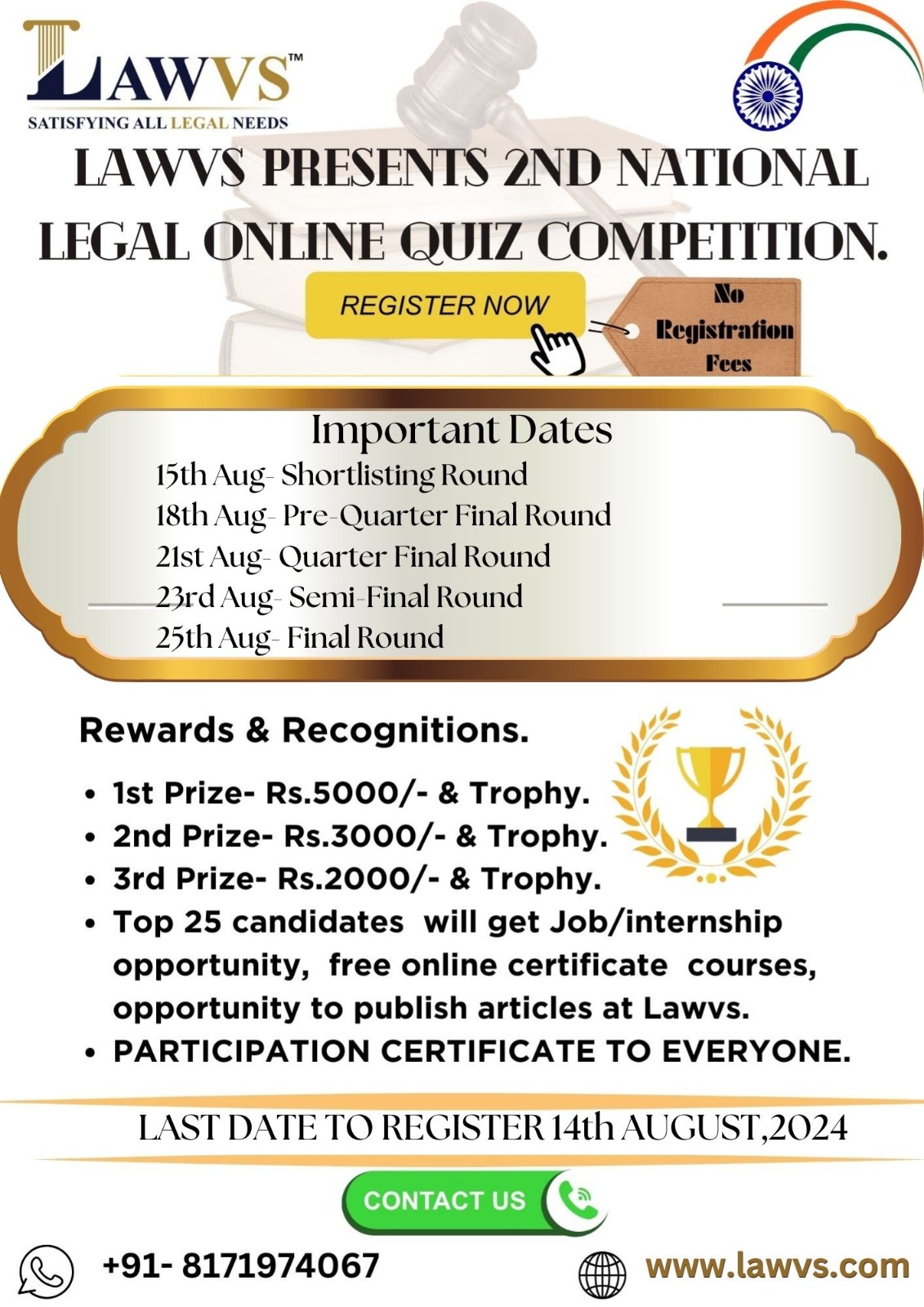Forensic Evidence and Wrongful Convictions: A Critical Legal Examination
The use of forensic evidence within the criminal justice system has long been regarded as a cornerstone of evidentiary reliability. By applying scientific principles to the investigation and adjudication of criminal matters, forensic science is often presumed to provide objective and irrefutable proof of guilt or innocence. However, the increasing scrutiny of forensic methodologies and their application in criminal trials has illuminated a troubling paradox: forensic evidence, while ostensibly neutral and scientific, has at times contributed to wrongful convictions. This phenomenon presents serious legal and ethical challenges to the administration of justice.
The Legal Status and Evidentiary Role of Forensic Science
Forensic evidence encompasses a wide range of scientific disciplines including, but not limited to, DNA analysis, latent fingerprint identification, bloodstain pattern analysis, ballistic trajectory reconstruction, and forensic pathology. In legal proceedings, such evidence is typically introduced through expert testimony pursuant to the rules governing the admissibility of scientific and technical evidence.
Under Rule 702 of the Federal Rules of Evidence, an expert witness may testify if their specialized knowledge will assist the trier of fact in understanding the evidence or determining a fact in issue, and if the testimony is based on sufficient facts or data, is the product of reliable principles and methods, and has been reliably applied to the case. The Daubert standard (derived from Daubert v. Merrell Dow Pharmaceuticals, 509 U.S. 579 (1993)) further requires courts to act as gatekeepers, assessing the validity and relevance of proposed expert testimony based on factors such as testability, peer review, known error rates, and general acceptance within the relevant scientific community.
Despite these safeguards, courts have historically admitted forensic techniques with limited empirical validation, leading to the entrenchment of certain practices later revealed to be scientifically unsound.
Forensic Error and Misapplication: A Legal Concern
The legal implications of forensic error are profound. Erroneous forensic testimony has played a role in a significant number of wrongful convictions, as documented by post-conviction DNA exonerations and reviews by organizations such as the Innocence Project. Forensic errors fall into several legally relevant categories:
1. Unvalidated or Pseudoscientific Methods: Techniques such as bite mark analysis, microscopic hair comparison, and handwriting analysis have faced widespread criticism for lacking the requisite scientific reliability. Despite this, such evidence has historically been admitted, often without challenge from defense counsel.
2. Analyst Misconduct and Bias: There have been documented instances of forensic analysts engaging in misconduct, including falsifying results or tailoring conclusions to support prosecutorial theories. In legal terms, such conduct may amount to prosecutorial misconduct, Brady violations (Brady v. Maryland, 373 U.S. 83 (1963)), or violations of due process under the Fourteenth Amendment.
3. Misleading Expert Testimony: Courts have acknowledged the risk of forensic experts overstating the probative value of their findings, thus misleading juries. Overconfidence in the conclusiveness of evidence can infringe upon the defendant’s right to a fair trial and impair the adversarial process.
4. Systemic and Institutional Failures: The lack of independence of crime laboratories—many of which are affiliated with law enforcement agencies—raises significant concerns about impartiality and the potential for institutional bias.
Illustrative Case Law and Exonerations
Numerous appellate decisions and exonerations underscore the dangers of reliance on faulty forensic evidence. In State v. Willingham, forensic arson analysis based on outdated fire science played a critical role in securing a conviction that led to execution, despite later expert consensus discrediting the forensic methods used. Similarly, Keith Harward was exonerated after serving over three decades in prison for a crime that forensic DNA later proved he did not commit. His original conviction hinged on erroneous bite mark testimony—an area now largely discredited by the scientific community.
Legal Reforms and Procedural Safeguards
To address the nexus between forensic evidence and wrongful convictions, a multifaceted legal reform agenda is imperative:
• Reform of Admissibility Standards: Courts must rigorously apply the Daubert standard, ensuring that only scientifically valid and relevant forensic evidence is presented to juries. Greater judicial training in scientific literacy may assist in fulfilling this gatekeeping function.
• Independence and Accreditation of Laboratories: Establishing crime labs that are institutionally independent from prosecutorial agencies and mandating accreditation standards can help safeguard forensic neutrality.
• Disclosure Obligations: Prosecutors must fully disclose forensic evidence, including analyst notes and underlying data, in compliance with Brady obligations and principles of due process.
• Post-Conviction Relief Mechanisms: Legislatures should ensure that defendants have statutory rights to seek post-conviction forensic testing where new technologies may produce exculpatory evidence. Judicial receptiveness to claims of actual innocence must be enhanced, particularly where convictions relied on questionable forensic science.
• Forensic Oversight Bodies: Entities such as the now-defunct National Commission on Forensic Science should be re-established and empowered to issue binding guidelines and conduct oversight of forensic practices nationwide.
Conclusion
The intersection of forensic science and criminal law is both promising and perilous. While forensic evidence has the capacity to enhance truth-finding and prevent miscarriages of justice, its misuse or misinterpretation can fatally undermine the integrity of judicial proceedings. The legal system must remain vigilant in ensuring that forensic science operates within the bounds of empirical rigor and due process. As wrongful convictions continue to be uncovered, often decades after the original verdicts, the need for reform is urgent and essential—not only to exonerate the innocent, but to preserve the legitimacy of the justice system itself.
